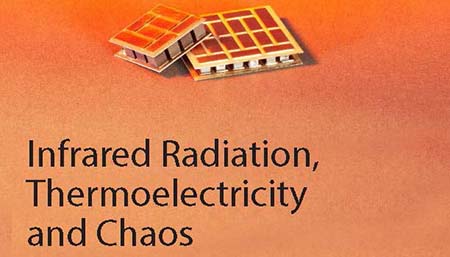Start Date
17-6-2015 2:15 PM
End Date
17-6-2015 3:00 PM
Description
Ambient intelligence and the Internet of Things will require flexible and energy efficient hardware platforms to implement the long-term deployed wireless devices that form the physical substrate for these emerging cyberphysical systems. Energy harvesting from environmental sources such as light and mechanical vibration can extend battery life for devices as long as efficient power management circuits are available. Self-timed circuits, power-on resets, integrated switched-capacitor DC/DC converters and adaptively-biased linear regulators are complementary circuit techniques that can reduce cost and power consumption for microwatt energy harvesting and energy scalable systems. Low power and low voltage analog and digital circuits for sampling, digitizing, and processing external signals are essential for powering systems from ambient energy sources. This talk presents an overview of these topics and describes how exploiting the relationship between system requirements, circuits, and environmental energy sources can enable the emergence of the Internet of Things.
Powering Systems From Ambient Energy Sources
Ambient intelligence and the Internet of Things will require flexible and energy efficient hardware platforms to implement the long-term deployed wireless devices that form the physical substrate for these emerging cyberphysical systems. Energy harvesting from environmental sources such as light and mechanical vibration can extend battery life for devices as long as efficient power management circuits are available. Self-timed circuits, power-on resets, integrated switched-capacitor DC/DC converters and adaptively-biased linear regulators are complementary circuit techniques that can reduce cost and power consumption for microwatt energy harvesting and energy scalable systems. Low power and low voltage analog and digital circuits for sampling, digitizing, and processing external signals are essential for powering systems from ambient energy sources. This talk presents an overview of these topics and describes how exploiting the relationship between system requirements, circuits, and environmental energy sources can enable the emergence of the Internet of Things.



